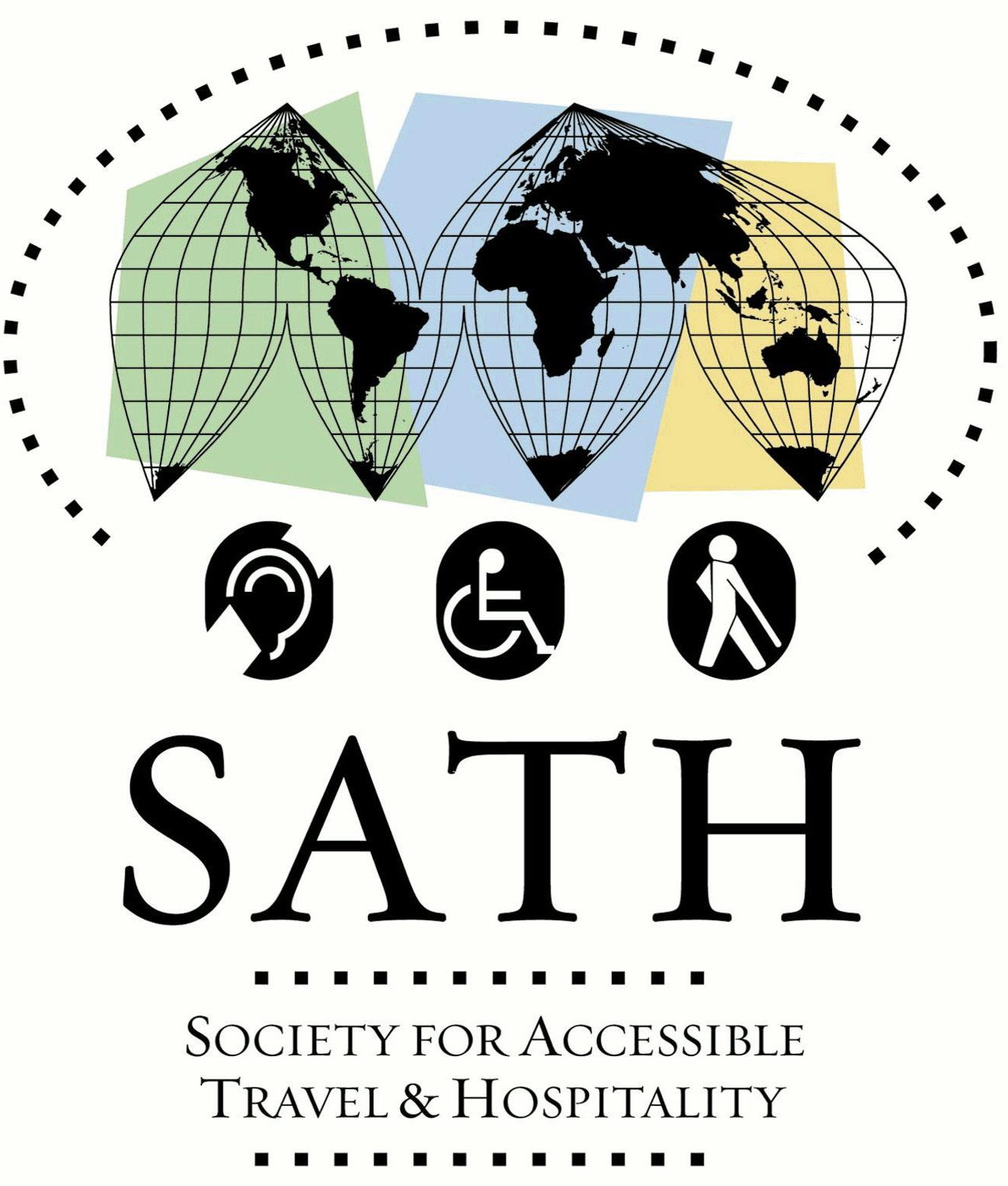Today the wheelchair symbol is probably the best known international accessibility symbol; however, not all those with a problem in moving around use a wheelchair all or even part of the time.
Whether you have a problem walking and use a cane or crutches or have a medical condition which makes walking difficult such as a heart condition or stroke (hemiplegia), you should have no problem in traveling today. In almost every country, transportation operators, whether bus, train, or air, expect to assist you. Find out in advance how you can best get to the boarding point and also ask the company to reserve suitable seating for you.
Under the provisions of the Americas With Disabilities Act (ADA), private bus companies must provide boarding assistance to passengers with mobility problems and must transport wheelchairs. Very few at present, however, have lift-equipped long-distance buses. This includes Greyhound Lines. Inc., the sole remaining nationwide intericity bus company in the U.S. For a copy of their brochure for handicapped clients, Greyhound Travel Policies, call (800) 752-4841 or (800) 345-3109 (TDD). Greyhound asks that travelers with disabilities call them 48 hours prior to departure in order to arrange assistance. If no travel companion is required, call the above numbers. If one does require a companion, call (800) 231-2222 for reservations as well as to enquire about the discounts available and its restrictions.
For more info on the services provided by Greyhound click here.
With regard to public buses, most cities in the U.S. and Canada currently have accessible local service. In Europe, some tour and line buses are accessible.
Information on accessible train travel can be obtained from Amtrak, which runs most of the intercity passenger trains in U.S. These are normally accessible and have special facilities for both those with walking impairments and those using a wheelchair. Amtrak publishes a booklet for travelers with disabilities, Access Amtrak, available by calling (800) USA-RAIL or (800) 872-7245. They will also advise you concerning the accessibility of your stations of departure and arrival and what assistance you will need. A growing number of subway and other local train services in the U.S. are also wheelchair accessible.
Air travel for both the ambulatory and the wheelchair traveler has become much easier as a result of new regulations which provide, among other things, for the education of both ground and in-flight personnel. Those who are able to walk short distances should request assistance and, if necessary, a wheelchair between the point of arrival and the airplane and vice versa on landing at the time they book their flight. Don’t forget to repeat this information if you need to change your flight for any reason. (Code SSR). Canes and crutches may have to be stored during take-off and landing but will be returned to you on request during the flight.

